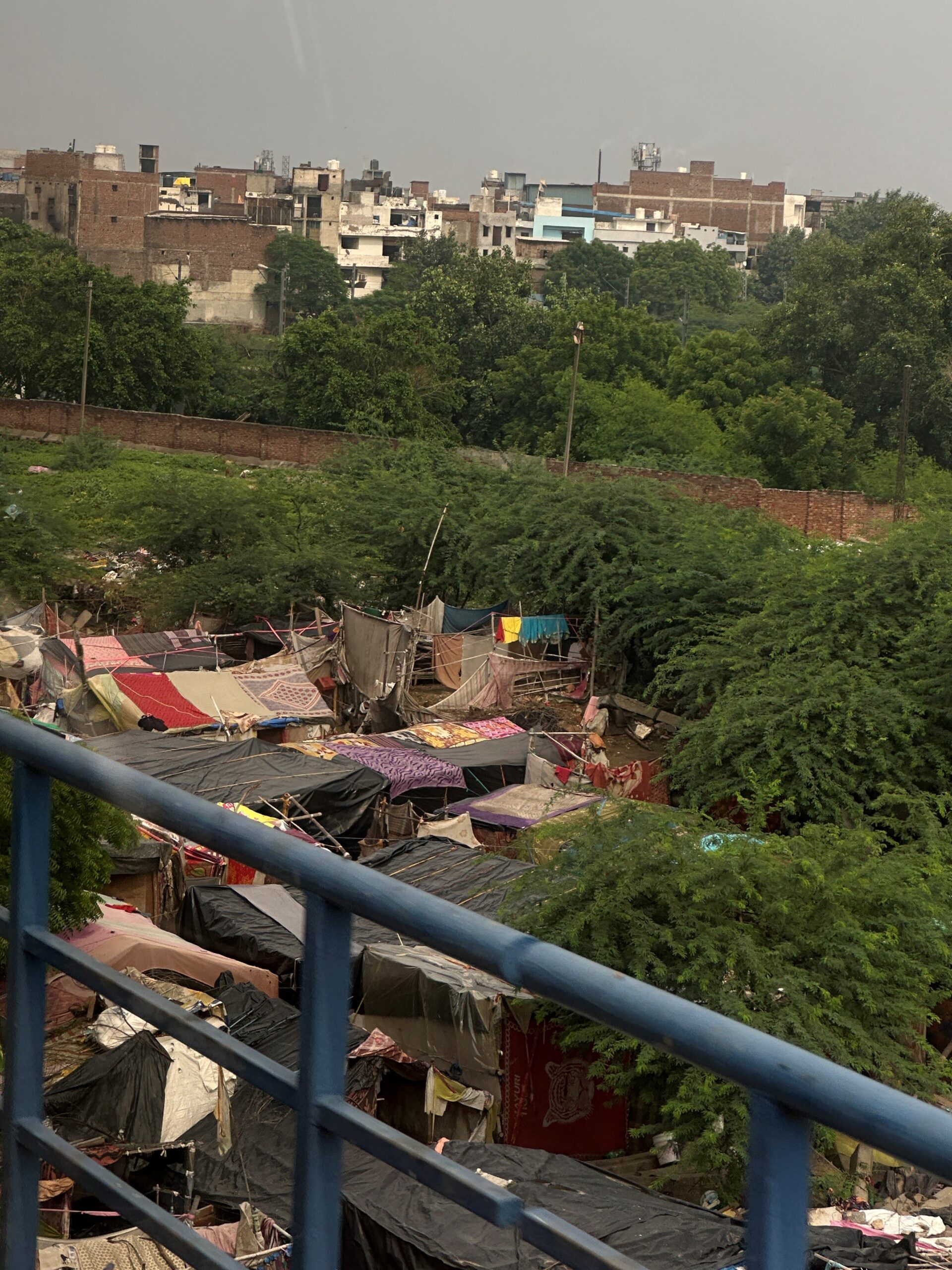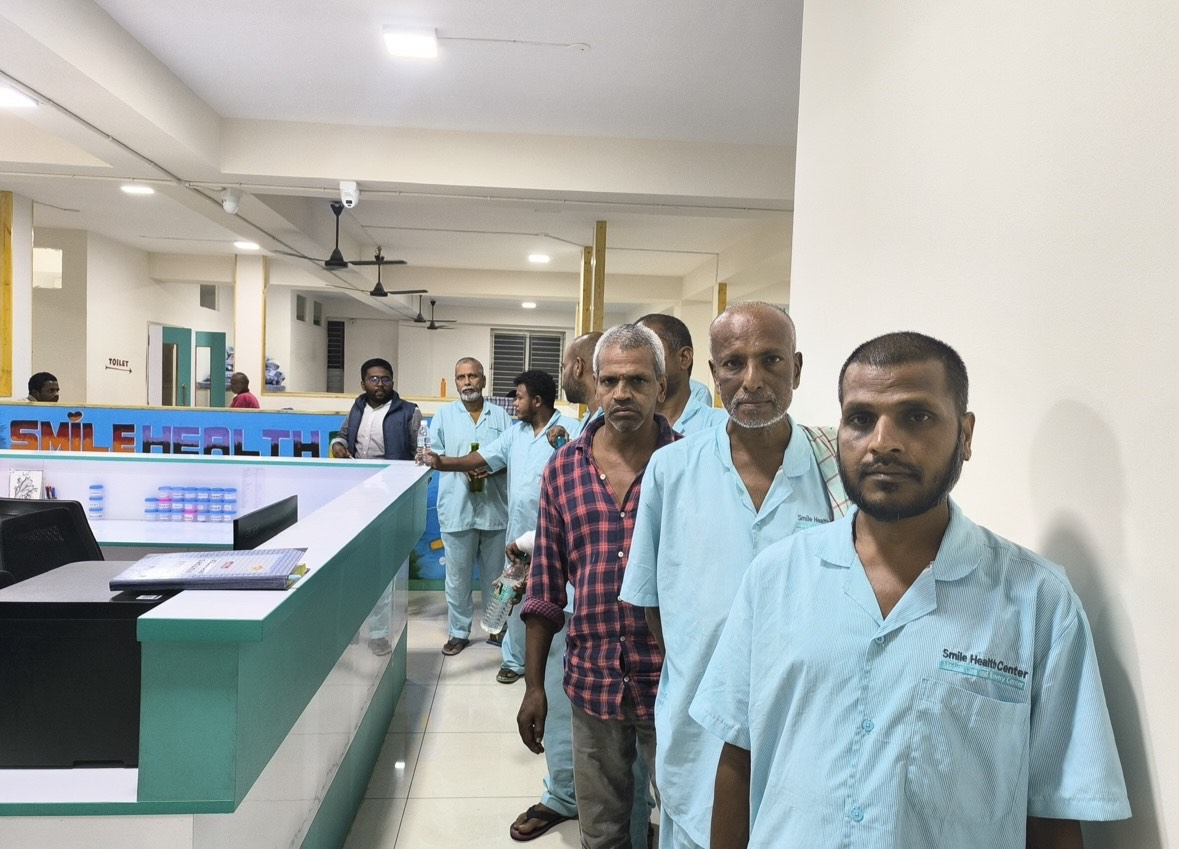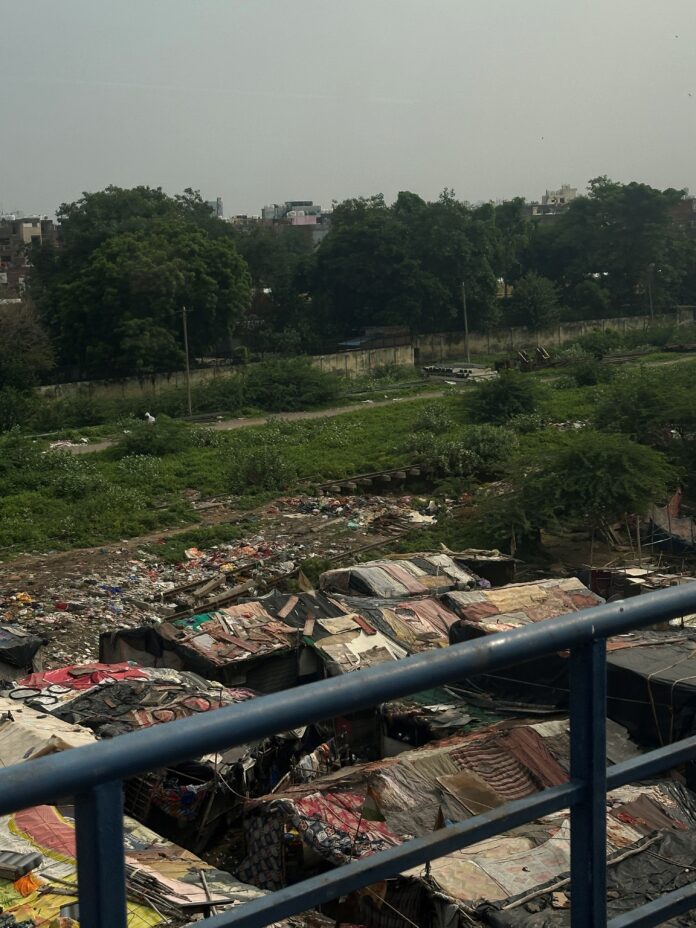Sanjana Chawla, TwoCircles.net
India, home to approximately 142 crore people, is bustling with activity and teeming with its populace. Yet, beneath the surface of this vibrant nation lies a silent crisis: a widespread and multifaceted homelessness epidemic that reveals the stark reality of life for many. Thousands are living on the streets, contending not only with the lack of shelter but also with a severe shortage of affordable healthcare. This harsh reality forces them to navigate a daily struggle against inadequate living conditions and limited access to essential services.
According to the 2011 census, around 1.77 million people in India are homeless, a number that has likely increased over the past decade. This crisis transcends geographic boundaries, affecting major cities such as Bangalore, Chennai, Hyderabad, Mumbai and Delhi.
Research points to a combination of factors — poverty, lack of education and unemployment — as driving forces behind homelessness. The rising cost of living, a shortage of affordable housing and insufficient social support systems have exacerbated the problem.
Syed Taqui Haider, a development communicator based in Delhi and its National Capital Region (NCR), identifies a critical issue in the planning and design of housing. “DDA flats and housing solutions are not designed with inputs from the stakeholders. Low-income groups cannot afford houses, and they simply choose to stay in temporary settlements.” He notes.
In Bangalore, known as India’s Information Technology (IT) hub, the escalating cost of living and lack of affordable housing have forced many individuals onto the streets. A survey conducted by NGOs in collaboration with the Indo-Global Social Service Society estimates the city’s homeless population at around 17,000.
In Chennai, the Greater Chennai Corporation’s survey puts the number of homeless individuals at over 11,000. Rapid urbanization has worsened the crisis in Hyderabad, with an estimated 5,500 homeless people.

Mumbai and Delhi also face severe homelessness issues, with Mumbai having approximately 57,416 homeless individuals and Delhi hosting the highest number in the country — over 2 lakh, according to the 2011 census.
Pratiksha, an IT professional who relocated from Delhi to Bangalore three years ago, observes that while homelessness is present in both cities, Delhi seems to have a more pronounced problem. She comments, “Although I have mostly been in the newly developed areas of Bangalore, I still see people sleeping on bus stands or footpaths. However, these instances are less frequent compared to what you see in Delhi.”
Faraan Safwi, a social worker and national vice president of the Samajwadi Party, highlights the challenges in addressing homelessness. He attributes delays in housing projects to the high population density and slow approval processes. “The execution of rehabilitation projects takes too long because of the high population and slow approval processes. For instance, when I got elected, I started a project. But due to negligence of the authorities, it could not be completed within five years and was shelved for that term. We had to start from scratch after re-elections,” he explains.
The plight of the homeless in India extends beyond the lack of shelter to encompass inadequate healthcare. The homeless face numerous health risks, including exposure to harsh weather conditions, communicable diseases and mental health issues. A study by the National Institute of Mental Health and Neurosciences (NIMHANS) reveals that 75% of homeless individuals in Bangalore suffer from mental health disorders.
The Journal of Health Management reports that in Mumbai, the homeless are at a higher risk of contracting tuberculosis due to poor living conditions and limited access to healthcare.
Mohammad Haris, chief operations officer at Shaagird Foundation, recently observed the healthcare challenges faced by Bangalore’s homeless population. He shares, “My observations during the visit were deeply concerning. The homeless individuals I encountered were often neglected and stigmatised, lacking basic recognition and support. Many shared stories of abuse and mistreatment further hinder their access to essential healthcare. A significant barrier is the lack of documentation.”
Without identification cards, homeless individuals struggle to access government-sponsored healthcare programs, and their remains are often unclaimed and improperly disposed of.
Nonprofits and NGOs, such as Smile Health Centre, are working diligently to address homelessness and healthcare issues. They focus on documenting homeless individuals and providing shelter, food and healthcare services.
However, Haris notes that these efforts are time-consuming and resource-intensive. To effectively tackle the healthcare needs of the homeless population, it is crucial for the government to recognise this issue and for NGOs to act as catalysts for change.
Addressing homelessness and healthcare in India requires a multi-faceted approach. This includes creating affordable housing options, improving access to quality healthcare and tackling the root causes of homelessness. Governments, non-profits and community-led initiatives must collaborate to provide sustainable support for homeless individuals.
Faraan suggests that governments should form a unified social support group involving leaders from major parties and bureaucrats to expedite rehabilitation and empowerment efforts. He highlights the importance of individual contributions, citing his own family’s donation of over seven acres of land near Lucknow-Delhi highway to provide shelter for the homeless.

Coupled with government schemes like the Pradhan Mantri Awaas Yojna and Lohiya Awas Yojna, such initiatives can significantly improve lives.
To address homelessness and enhance healthcare access for this vulnerable population, several key steps are necessary. Haris advises, “The government or advocacy groups should conduct a thorough survey to assess the extent of homelessness and identify the specific needs of individuals. Each homeless person should be recognized and provided with proper identification, enabling them to access government services and healthcare facilities.”
Additionally, creating employment reservations for homeless individuals can promote self-sufficiency and access to healthcare benefits.
Homelessness and lack of affordable healthcare are pressing issues affecting millions of Indians. A comprehensive approach is essential to tackle these challenges, ensuring that the homeless population receives the support and healthcare they need to improve their circumstances.


